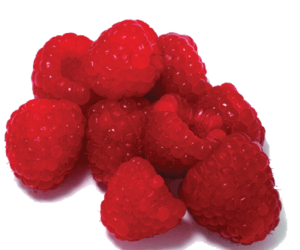Piatz’s Basic Lambic
Piatz’s Basic Lambic
(5 gallons/19 L, extract only)
OG = 1.056 FG = 1.016 or lower
IBU = 0 SRM = 3 ABV = 5.2+%
Ingredients
3.0 lbs. (1.4 kg) light dried malt extract
3.0 lbs. (1.4 kg) wheat dried malt extract
0.25 lbs. (0.11 kg) malto-dextrin powder
3 oz. (85 g) well-aged hops
Wyeast 3278 (Lambic Blend) or mixture of commercial cultures and microbes cultured from commercial lambics
Step by Step
The malto-dextrin is to be sure there are a few complex sugars left for the extra organisms to eat after the brewers yeast gets finished with its work. I use the dried extract since lambic is a very light colored beer and most liquid extracts seem to be too dark for the style. The wheat extract is a poor man’s approximation of the unmalted wheat used in the commercial lambic breweries. I don’t know of an extract equivalent of unmalted wheat.
The water is brought to a boil and the extract and malto-dextrin are added. After re-establishing the boil, the hops are added and the boil is held for 90 to 120 minutes. I don’t bother with Irish moss in a lambic, but you can use it if you feel the need. I run the hot wort directly from the kettle to the plastic bucket without chilling and will leave the wort in the bucket for a day or so with the lid partially open to the kitchen air, which is typically full of enteric
bacteria. This exposure will allow the enteric bacteria present in the air to add their components to the beer.
After the exposure to the air, I place the lid on the bucket and wait a few days before I pitch a normal brewers yeast. The variety doesn’t matter very much; I either use yeast from a prior “normal” beer or a packet of dried yeast. By this time the beer is starting to get a little “funky” and the surface may look a little oily. At this point I also add the treated piece of oak back into the bucket — do not run the hot wort onto it or you will be sanitizing it.
The brewers yeast will rapidly change the pH and generate ethanol, both of which will help kill off the enteric bacteria but their byproducts will still be there. After a few weeks I add the other organisms, the Brettanomyces, Pediococcus, Lactobacillus and the dregs from commercial lambics and prior batches of homebrewed lambic.
Written by BYO Staff

Steve Piatz is a member of the Minnesota Home Brewers Association. Steve breaks down the steps to produce a delicious lambic-styled beer using just malt extracts to make for an easy brew day.


